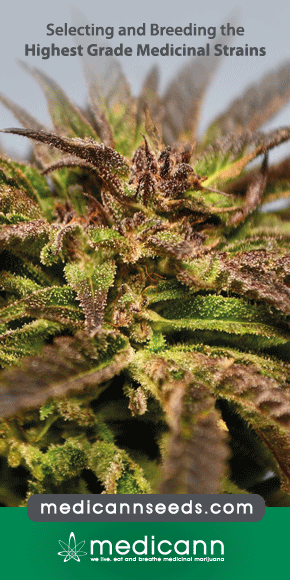A user's guide to cannabinoid therapies in oncology
Abstract
“Cannabinoid” is the collective term for a group of chemical compounds that either are derived from the Cannabis plant, are synthetic analogues, or occur endogenously. Although cannabinoids interact mostly at the level of the currently recognized cannabinoid receptors, they might have cross reactivity, such as at opioid receptors. Patients with malignant disease represent a cohort within health care that have some of the greatest unmet needs despite the availability of a plethora of guideline-driven disease-modulating treatments and pain and symptom management options. Cannabinoid therapies are varied and versatile, and can be offered as pharmaceuticals (nabilone, dronabinol, and nabiximols), dried botanical material, and edible organic oils infused with cannabis extracts. Cannabinoid therapy regimens can be creative, involving combinations of all of the aforementioned modalities. Patients with malignant disease, at all points of their disease trajectory, could be candidates for cannabinoid therapies whether as monotherapies or as adjuvants. The most studied and established roles for cannabinoid therapies include pain, chemotherapy-induced nausea and vomiting, and anorexia. Moreover, given their breadth of activity, cannabinoids could be used to concurrently optimize the management of multiple symptoms, thereby reducing overall polypharmacy. The use of cannabinoid therapies could be effective in improving quality of life and possibly modifying malignancy by virtue of direct effects and in improving compliance or adherence with disease-modulating treatments such as chemotherapy and radiation therapy.
Maida V1, Daeninck PJ2.



